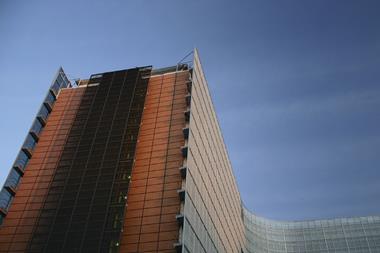Institutional investors across the globe are increasing their allocations to real estate and intend to plough €35bn into the asset class in 2014, according to research by INREV, ANREV and PREA.
The Investment Intentions Survey, a joint project between the three associations, surveyed 142 investors and found that, on average, they intend to increase their allocations from 9.5% to 10.3%.
According to Casper Hesp, director of research and market information at INREV, greater confidence among investors, a more stable economic picture and perceived diversification benefits were the main factors behind the trend.
Investors from Asia-Pacific were responsible for much of the growth, with 53.8% of those surveyed expecting to increase their allocations over the next two years.
European investors were also positive on real estate, with 48.9% expecting to increase allocations, compared with 26.9% of North American investors.
INREV, the real estate fund association for Europe, has been carrying out its Investment Intentions survey since 2007, but has teamed up with ANREV and PREA – its counterparts in Asia and the US, respectively – to provide a more global perspective.
The results were revealed at the INREV Winter Seminar in London on Wednesday evening, where delegates heard that Germany was the top target market in Europe when including domestic investors, and the UK was the most popular market for international investors.
UK offices was the most popular country-sector combination, preferred by 45% of investors, followed by French offices (44%) and German offices (43%).
It was also revealed that ‘investment style’ preferences in European real estate funds remained consistent with 12 months ago, with approximately half of investors preferring core investments, around 42% preferring value-added strategies and roughly 7% preferring opportunistic investments.
But Hesp revealed that the numbers for value-added and opportunistic would be lower if not for North American investors, which typically look for higher returns when investing outside their domestic market.
The majority (70%) of Americans prefer value-add and the remaining 30% prefer opportunistic, while 66.7% of Asian investors prefer core and the remaining 33.3% are split evenly between value-add and opportunistic.
Most European investors prefer core, especially Dutch (76.5%) and Swiss (75%) investors, although the majority of German investors (66.7%) also showed a preference for value-add strategies.
Matthias Thomas, chief executive at INREV, said: “The global ‘Investment Intentions Survey’ reflects a generally positive sentiment across the industry as we enter 2014.
“And while we see some familiar anticipated behaviours – such as European investors adopting a mostly defensive strategy and their US and Asian counterparts being more opportunistic – in Europe, there are also interesting shifts in attitude with a growing appetite for risk.”


















No comments yet